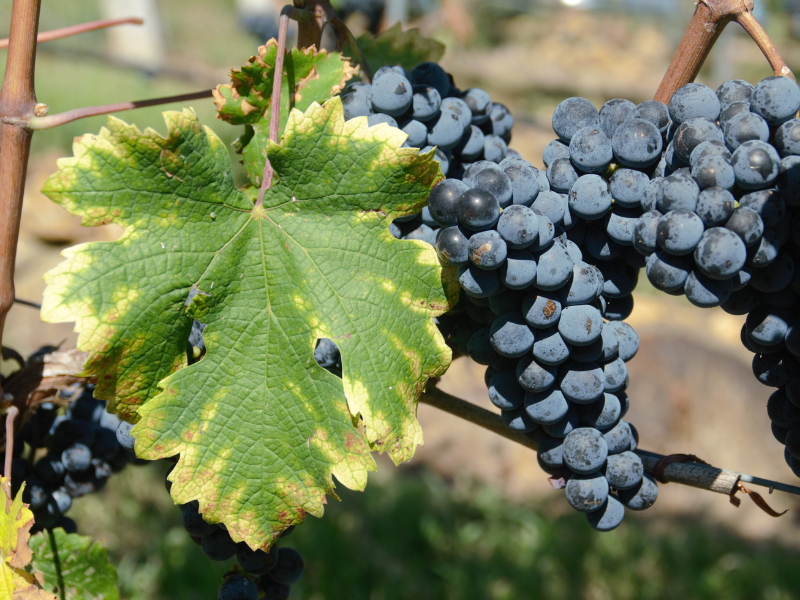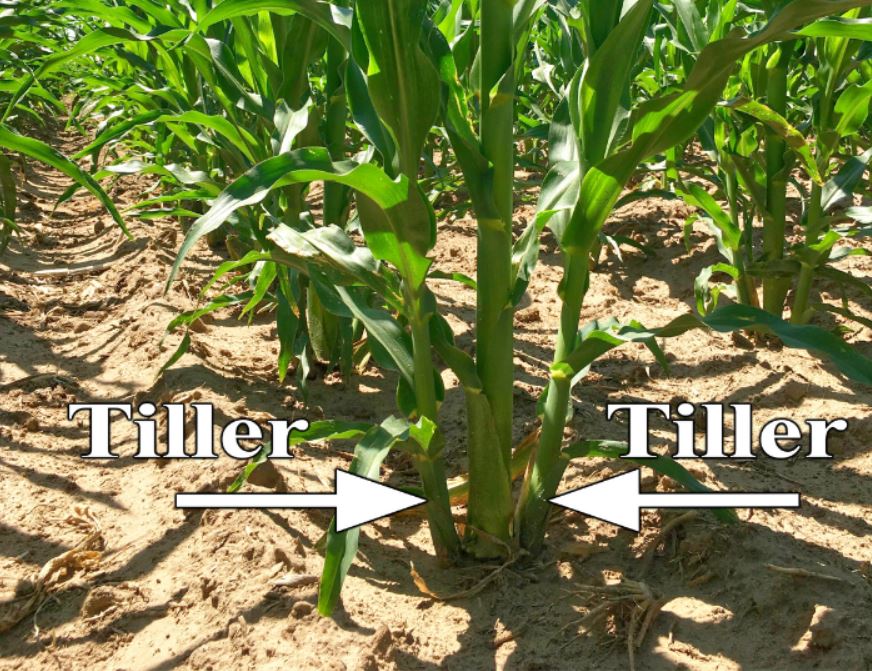Agronomy
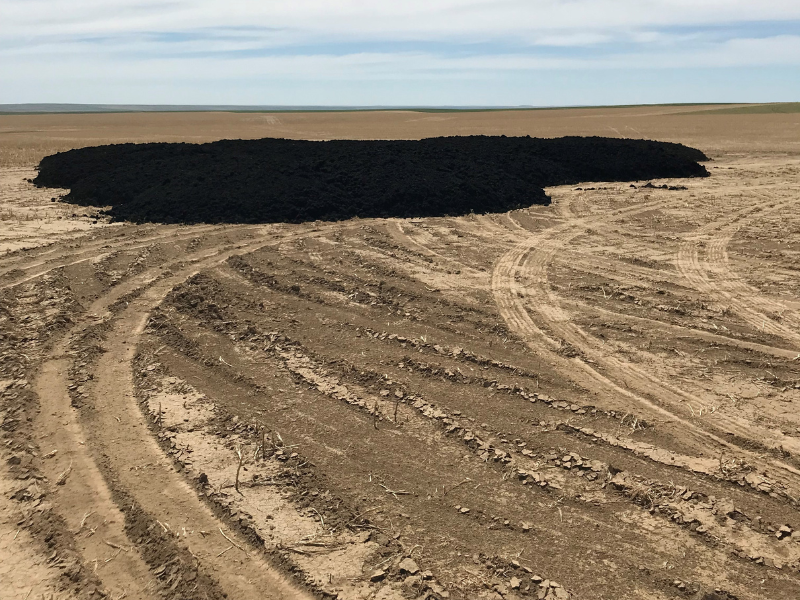
For more than four decades, biosolids have been applied to land and studied by researchers for many useful purposes. Biosolids are a product of the wastewater treatment process. Yes, that means sewage. However, the sewage is treated carefully to ensure it has beneficial properties and is not harmful.
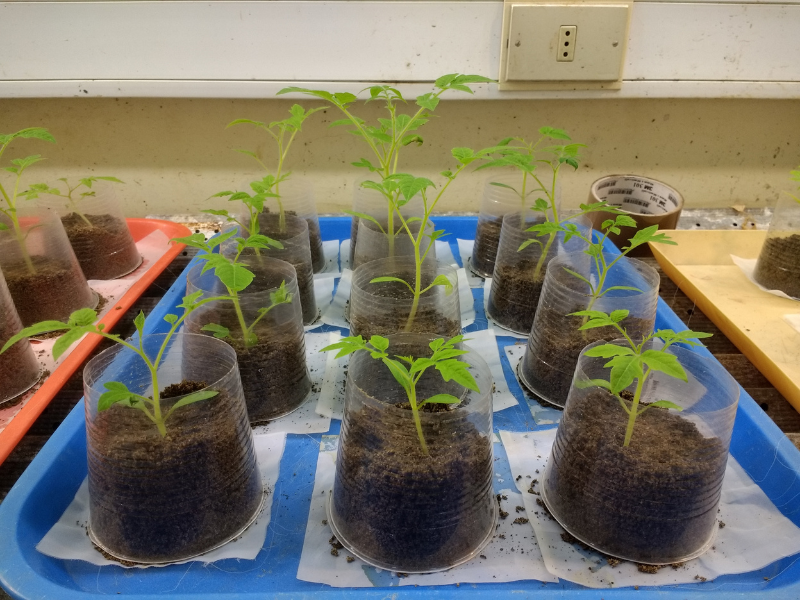
Did you know one of the oldest life forms on Earth can be found in your backyard? Soil nematodes have been thriving in habitats around the world for at least 400 million years. Even though they are only 1/500th of an inch wide and 1/20th of an inch long, these worm-like animals are an important part in almost every ecosystem.
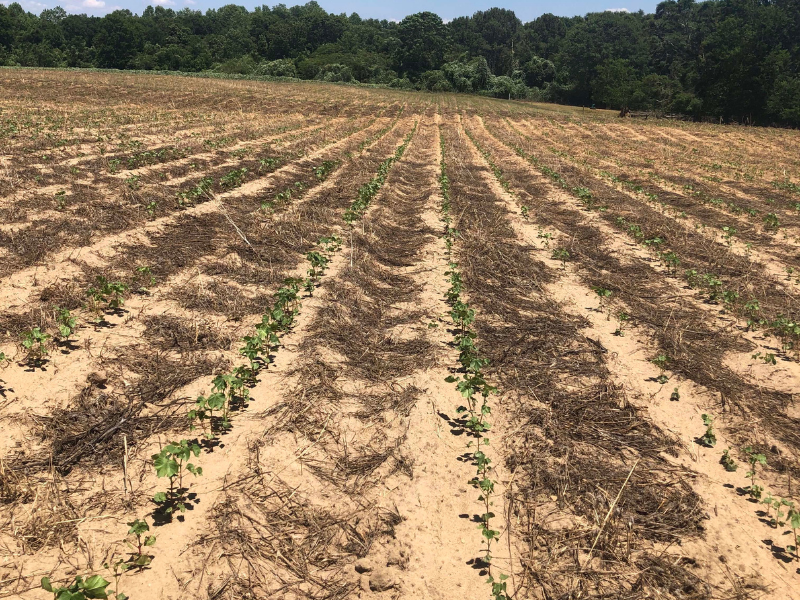
Winter grazing is part of what is called an integrated crop-livestock system. It is a process where livestock, such as cattle or goats, are allowed to graze a crop field during the winter. It is more common in climates with mild winters. Rather than eating the cash crop the farmer sells, the livestock eat the cover crop that was planted to grow over the winter.
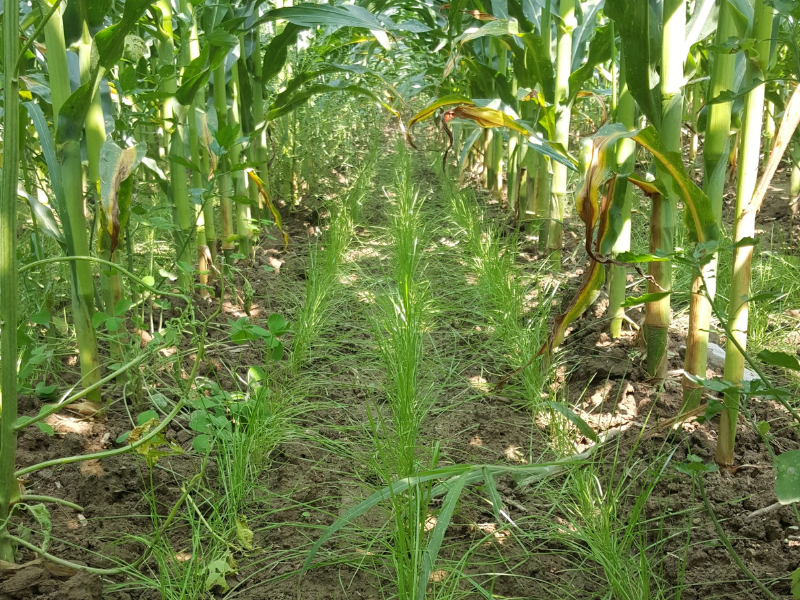
Fields of amber grain may be the poetic image of American farmland. And it’s true that the U.S. grows plenty of wheat. But fields of yellow grain – corn – may be more accurate.
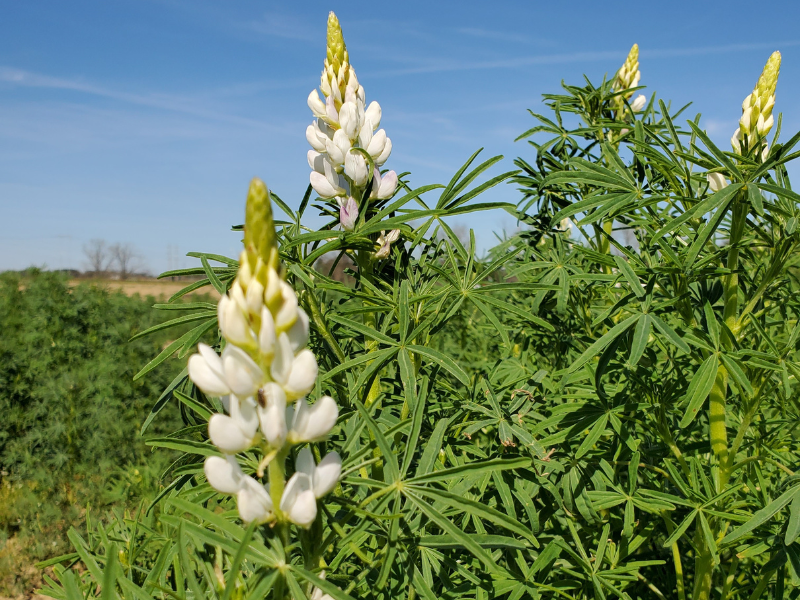
Lupin is a well-known garden flower, and is an important part of a healthy habitat. Lupin grows rapidly and puts nutrients back into the soil. (Lupin is commonly referred to as “lupine” for those familiar with this plant.)

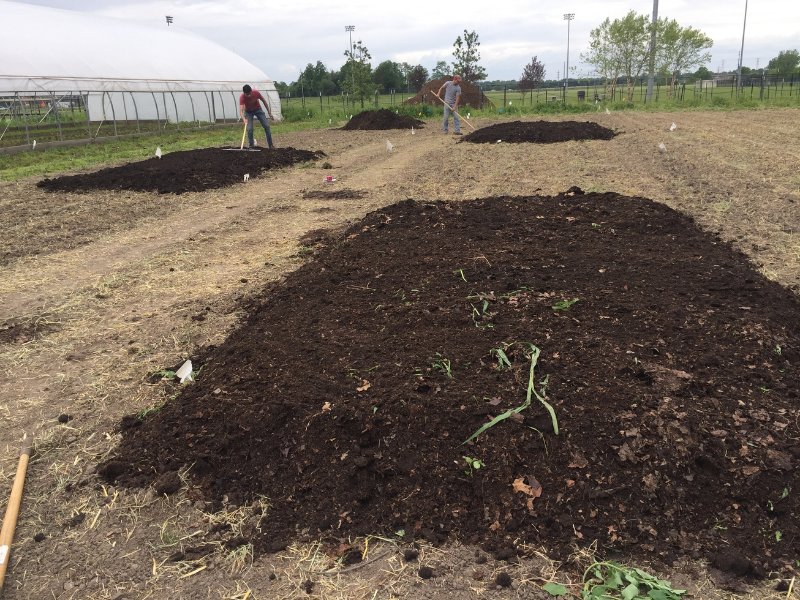
Many urban gardeners know that adding ingredients like compost and mulch to their soil has great benefits. But it can be difficult to know what to add and why. Researchers at Purdue University gathered scientific evidence about one specific soil addition, leaf mold compost, and how it benefits tomato plants.
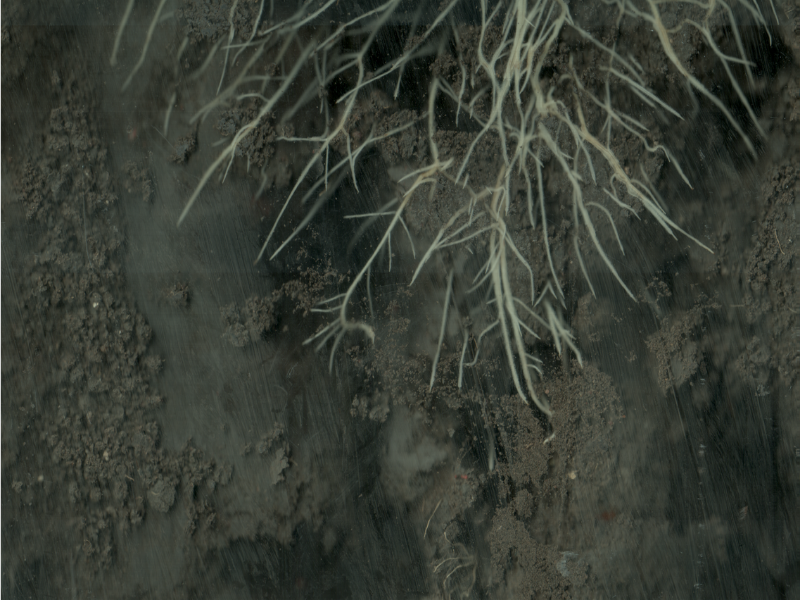
Underneath the surface, plant roots are hard at work. Roots, of course, are how plants get water and minerals from the soil. But digging into how different root systems affect crop yields has been challenging for researchers.
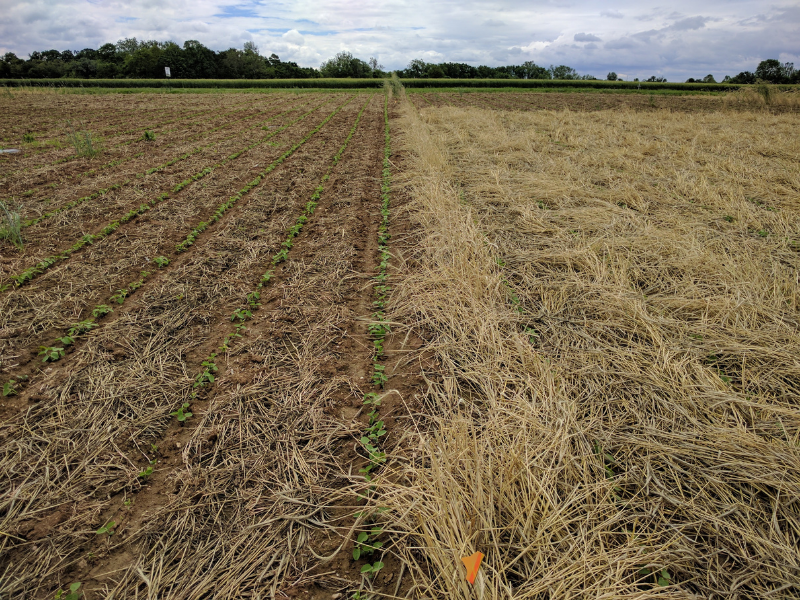
Planting cover crops is a beneficial agricultural practice. One of their many benefits is to cover soil for times when farmers cannot plant cash crops like corn and soy – over the winter, for example. But it is not as simple as just growing cover crops in between growing seasons. Farmers have multiple decisions to make about optimizing cover crop production.

